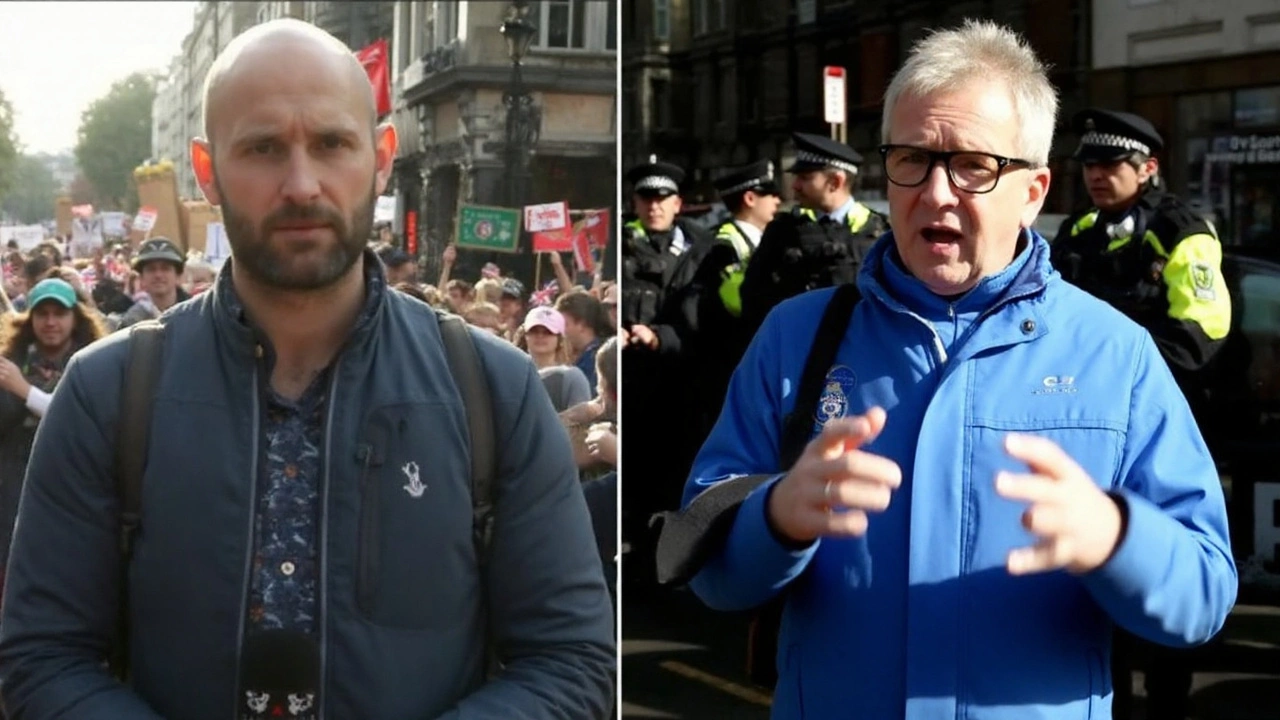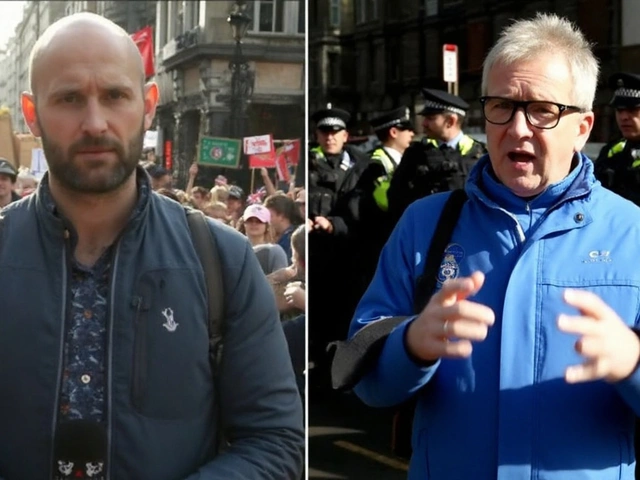London protests: What’s happening now and why it matters
London streets have been buzzing with demonstrations lately. From climate rallies to housing protests, people are gathering to make their voices heard. If you’re curious about what’s going on, how to stay safe, or even how to join a march, you’re in the right place.
Why are people protesting in London?
London protests usually start around a specific issue. Climate groups often gather outside Parliament to push for greener policies. Housing activists crowd the streets when rent prices climb or new building plans threaten communities. Recent weeks have also seen workers marching over pay disputes and students demonstrating against tuition fee hikes. The common thread? A desire for change and a belief that public pressure can move decision‑makers.
Practical tips for anyone on the ground
First, know the route. Most organizers share a map on social media, so you can plan where to meet and where the march will end. Bring a water bottle, wear comfortable shoes, and dress for the weather – a waterproof jacket can save you from a sudden rain shower.
Second, think about safety. Keep your phone charged, carry a small cash stash for emergencies, and stay with friends or a group you trust. If the crowd gets too dense, move to the side and give police officers space to work.
Third, respect the rules. In London, some areas require a permit for large gatherings. Police may ask you to move if a protest blocks a major road for too long. Listening to instructions can keep the event peaceful and avoid arrests.
Finally, stay informed. Follow reliable news outlets or local community pages that update you on any changes to the schedule. A quick check before you head out can tell you if a march has been postponed or if a new rally has been announced.
Want to get more involved? Many groups welcome volunteers for tasks like handing out flyers, documenting the event on video, or simply showing up to add numbers. Signing up on a group’s website or sending a direct message on social media is usually enough.
London protests also create a chance to learn about the issues behind the chants. When you hear protesters shouting about “affordable housing,” take a moment to read up on the city’s planning policies. Understanding the background makes you a more effective supporter and helps you explain the cause to friends who might be skeptical.
Remember, protests are just one piece of a larger conversation. After a march ends, there are follow‑up meetings, petitions, and letters to councillors. Keeping the momentum alive online or in community halls can turn a one‑day event into lasting change.
Whether you’re a first‑timer or a regular on the streets, staying prepared, respectful, and informed will make your experience smoother. London’s a city that thrives on lively debate – and protests are a clear sign that people care enough to speak up.

One of the UK's largest far-right rallies in years drew 110,000–150,000 to central London as police reported 'significant aggression.' The Tommy Robinson-led 'Unite the Kingdom' march clashed with officers, leaving 26 injured, including four seriously. About 5,000 counter-protesters gathered at Whitehall. Police made nine arrests and worked to keep rival groups apart.





